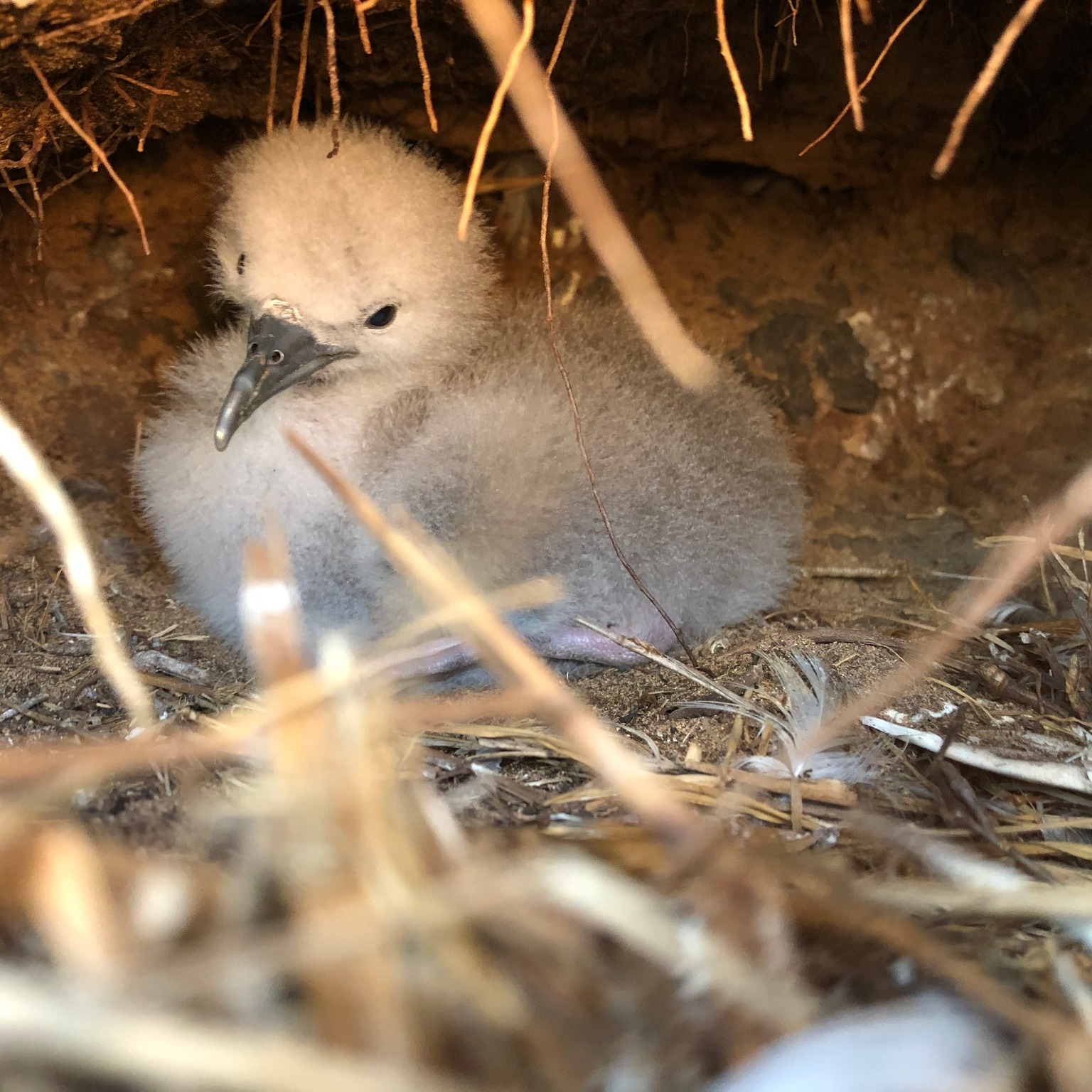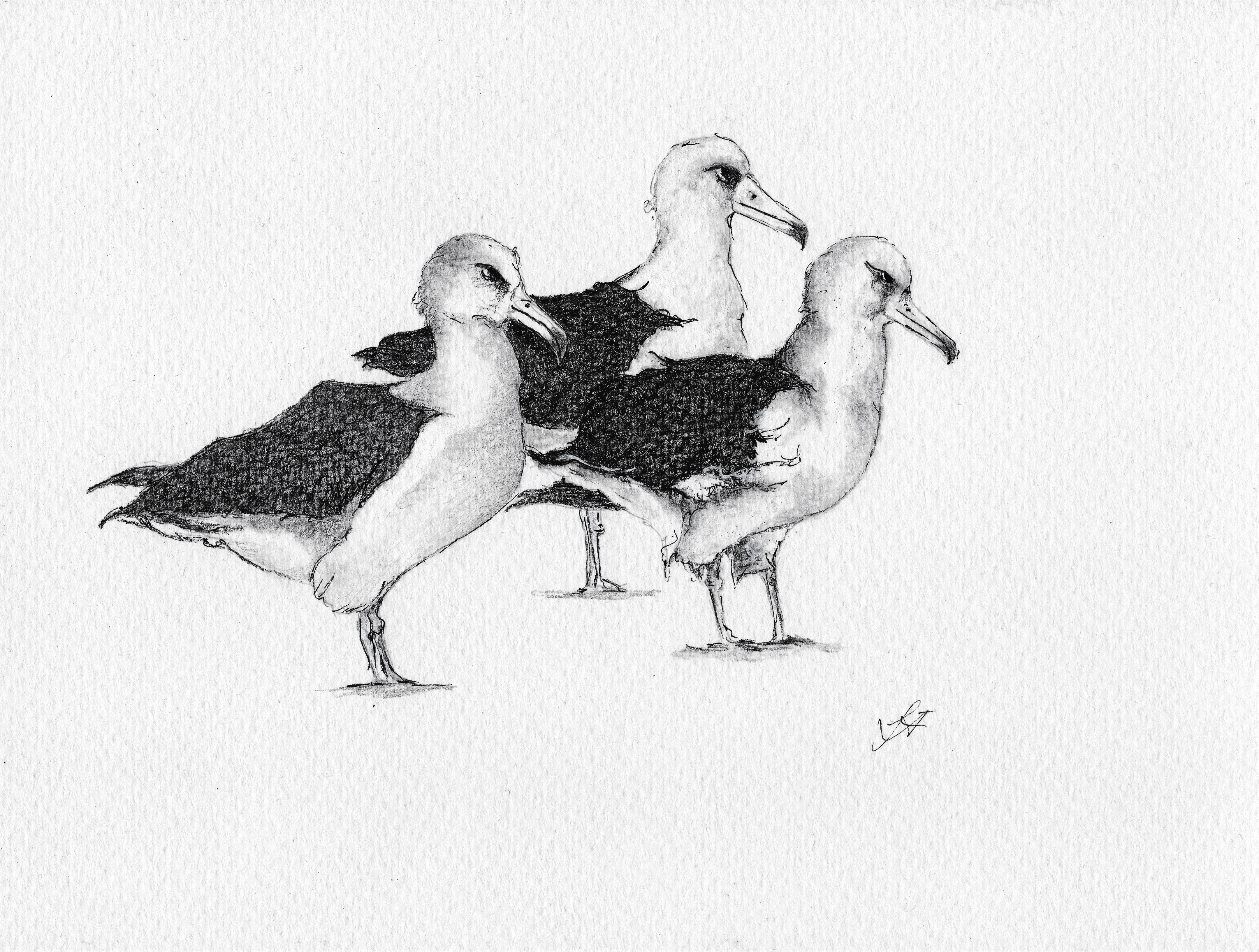
“Three Laysan Albatrosses”, graphite drawing by Lea Finke, after a photograph by Eric Vanderwerf
For the third year in a row, ACAP is collaborating with Artists and Biologists Unite for Nature (ABUN) to produce artworks in support of World Albatross Day on 19 June. This year’s theme of “Climate Change” is featuring two albatross species that breed in the North Pacific, the Black-footed Phoebastria nigripes and the Laysan P. immutabilis. both considered to be at risk from sea level rise and increases in the number and severity of storms that result in flooding of nests (click here).
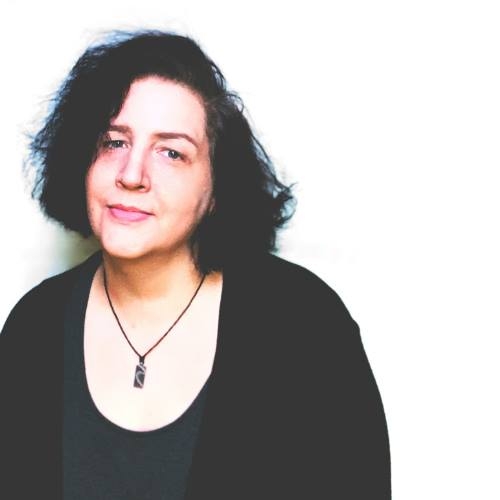
Lea Finke, wildlife artist
With ABUN Project #39 “ACAP - World Albatross Day 2022 Climate Change” running during this and next month, ACAP Latest News is pleased to feature here the very first artwork received, a graphite drawing by wildlife artist, Lea Finke, who resides in Bergkamen, Germany. Lea has already painted all 21 albatross species for ABUN and ACAP as part of World Albatross Day 2020 with its theme of “Eradicating Island Pests”.
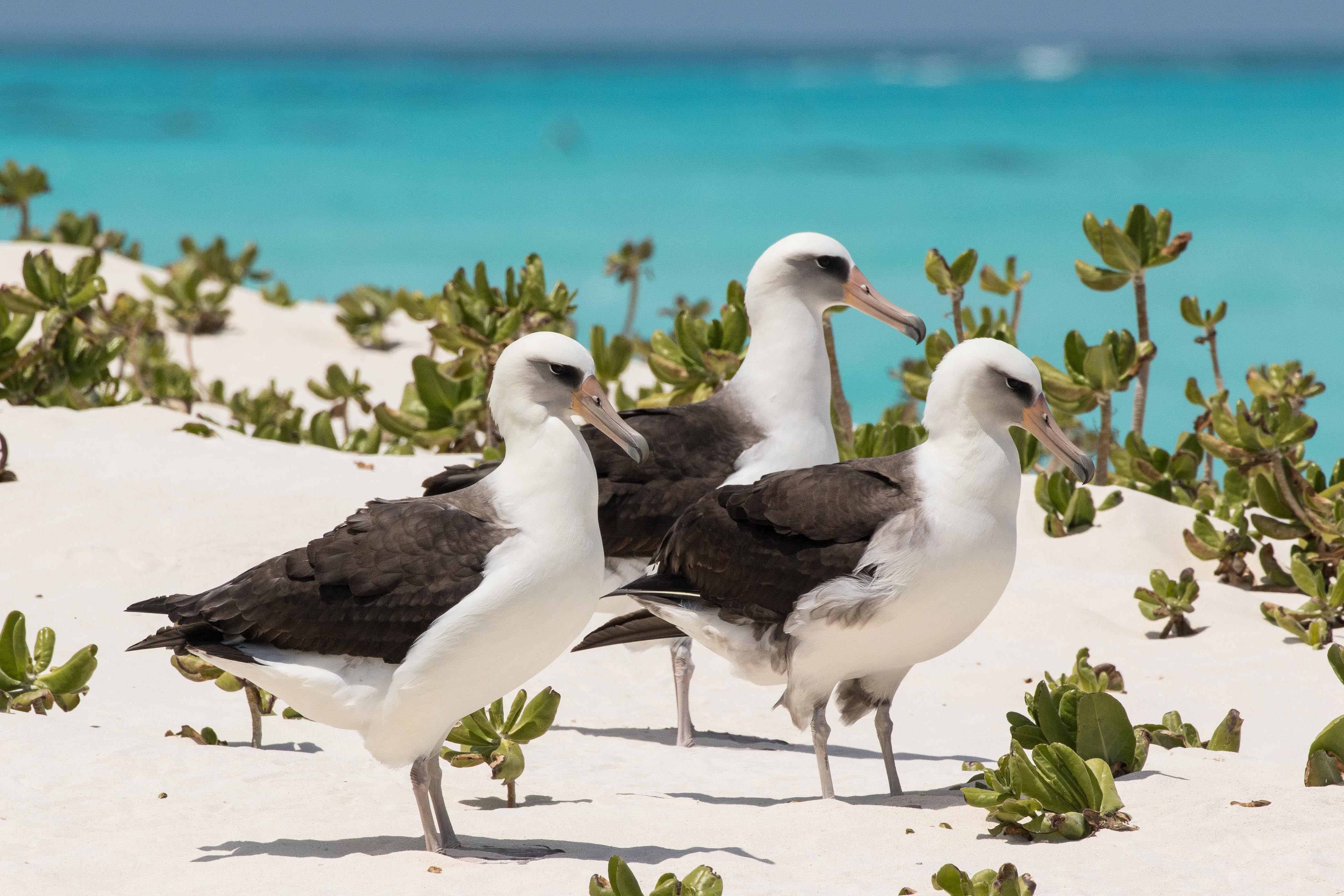
Laysan Albatrosses, Midway Atoll, April 2018; photograph by Eric Vanderwerf
In submitting her graphite drawing of three Laysan Albatrosses, Lea writes: “How nice that we have a new project with ACAP. That is always a very nice collaboration. Here comes my first contribution.” Her drawing is after a photograph by Eric Vanderwerf, Director of Science of the Hawaii-based environmental NGO, Pacific Rim Conservation.
Read more about Lea Finke here.
With thanks to Lea Finke, Kitty Harvill, Marion Schön and Eric Vanderwerf.
John Cooper, ACAP Information Officer, 05 January 2022

 English
English  Français
Français  Español
Español 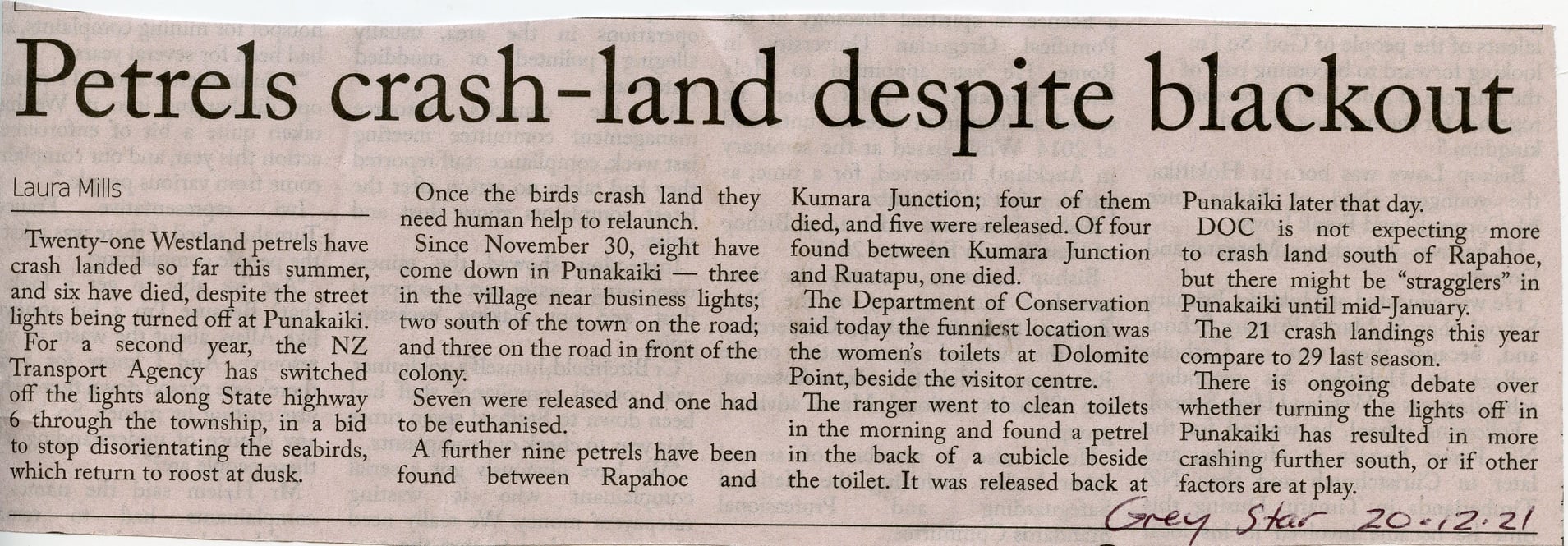
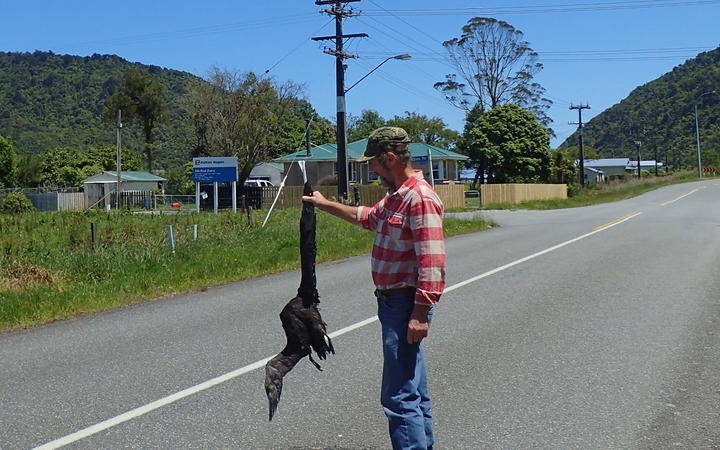
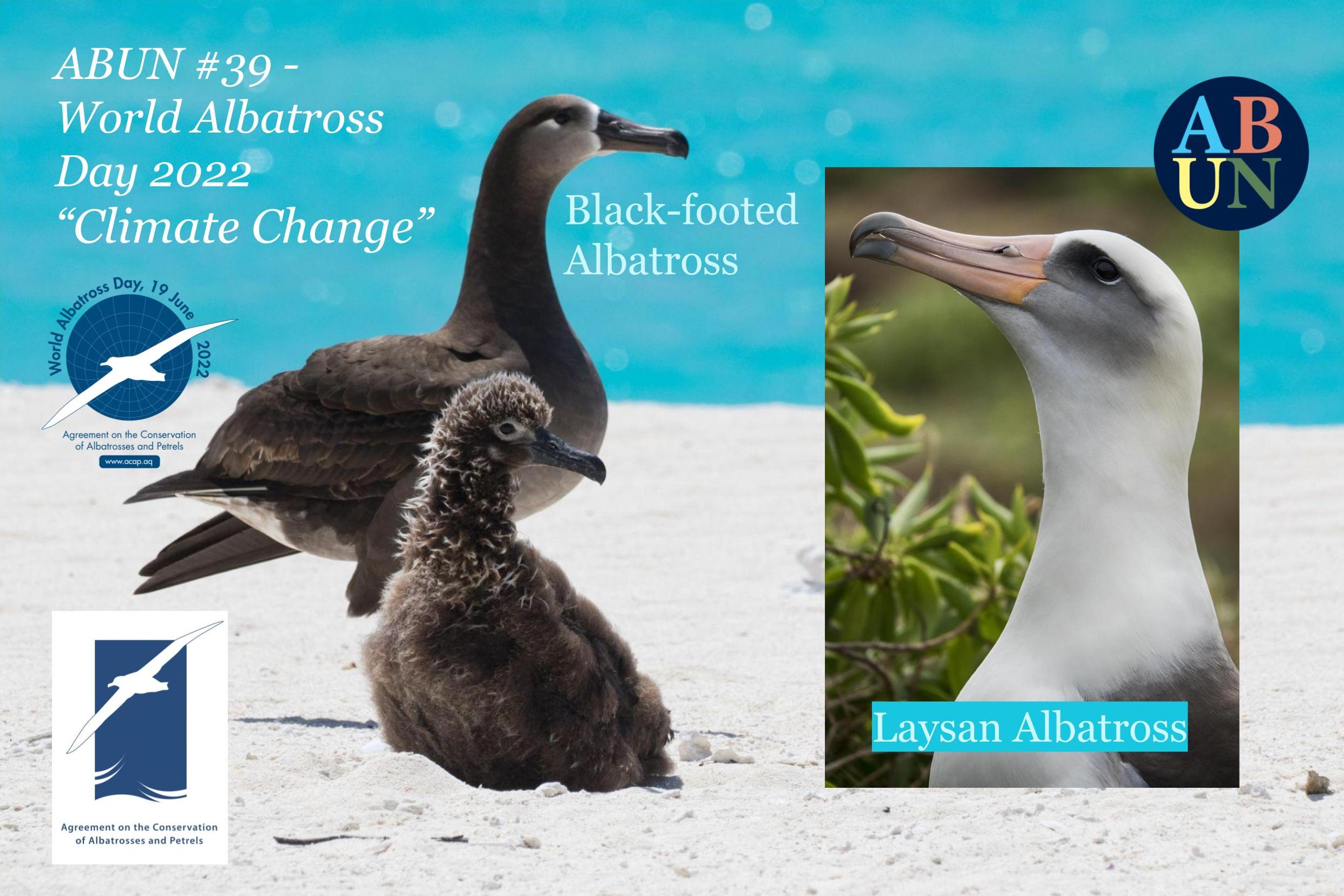
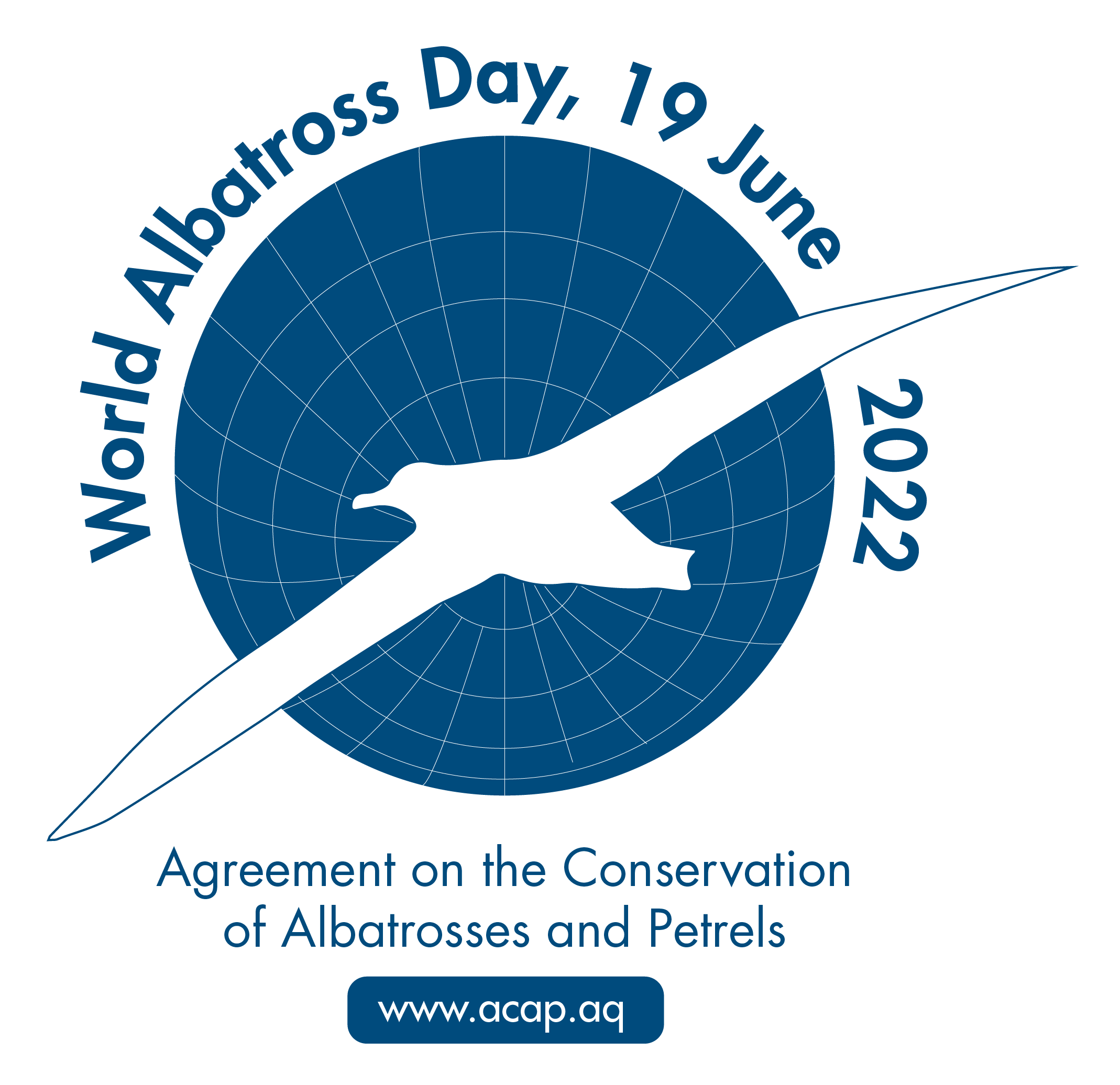
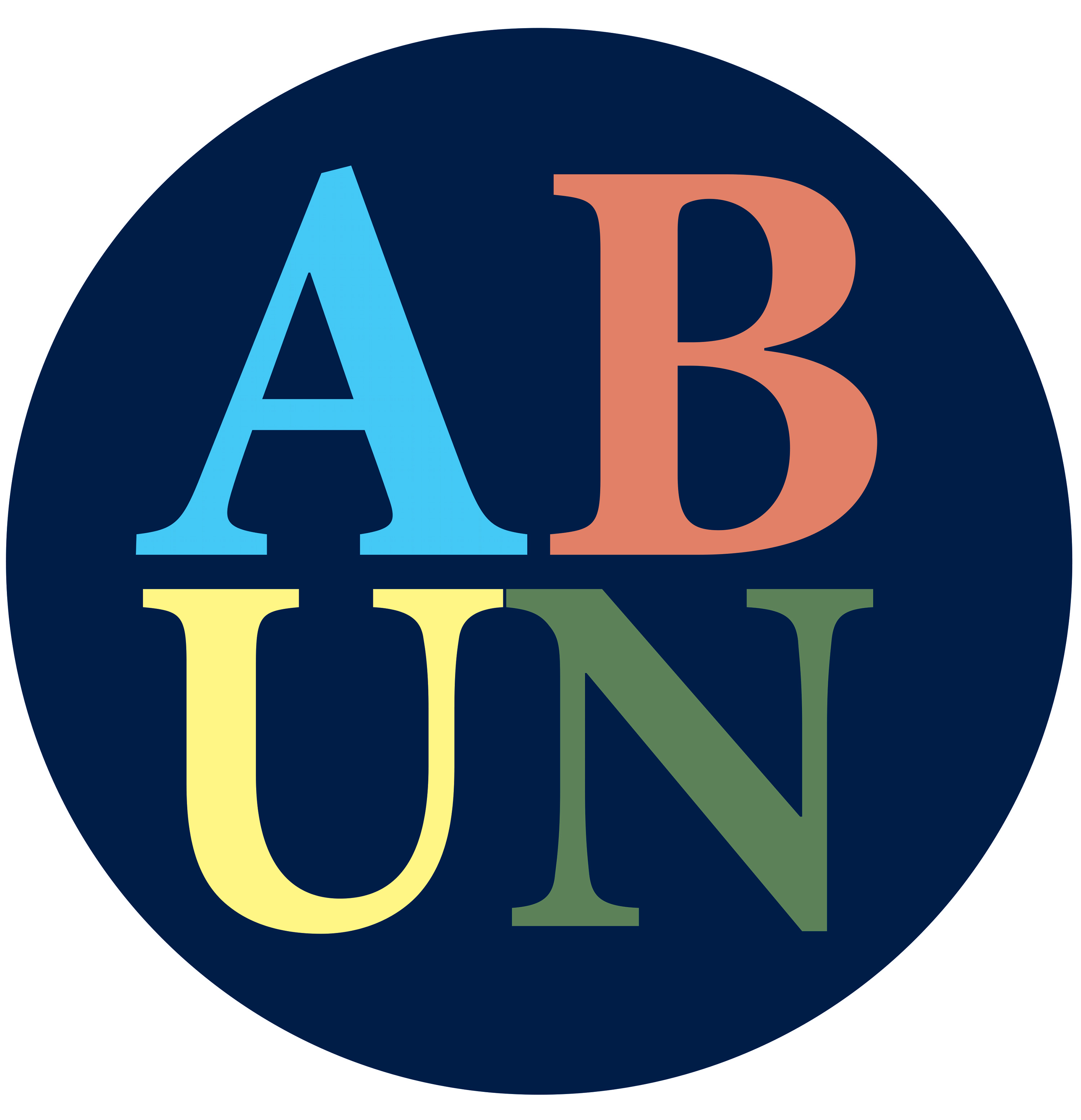
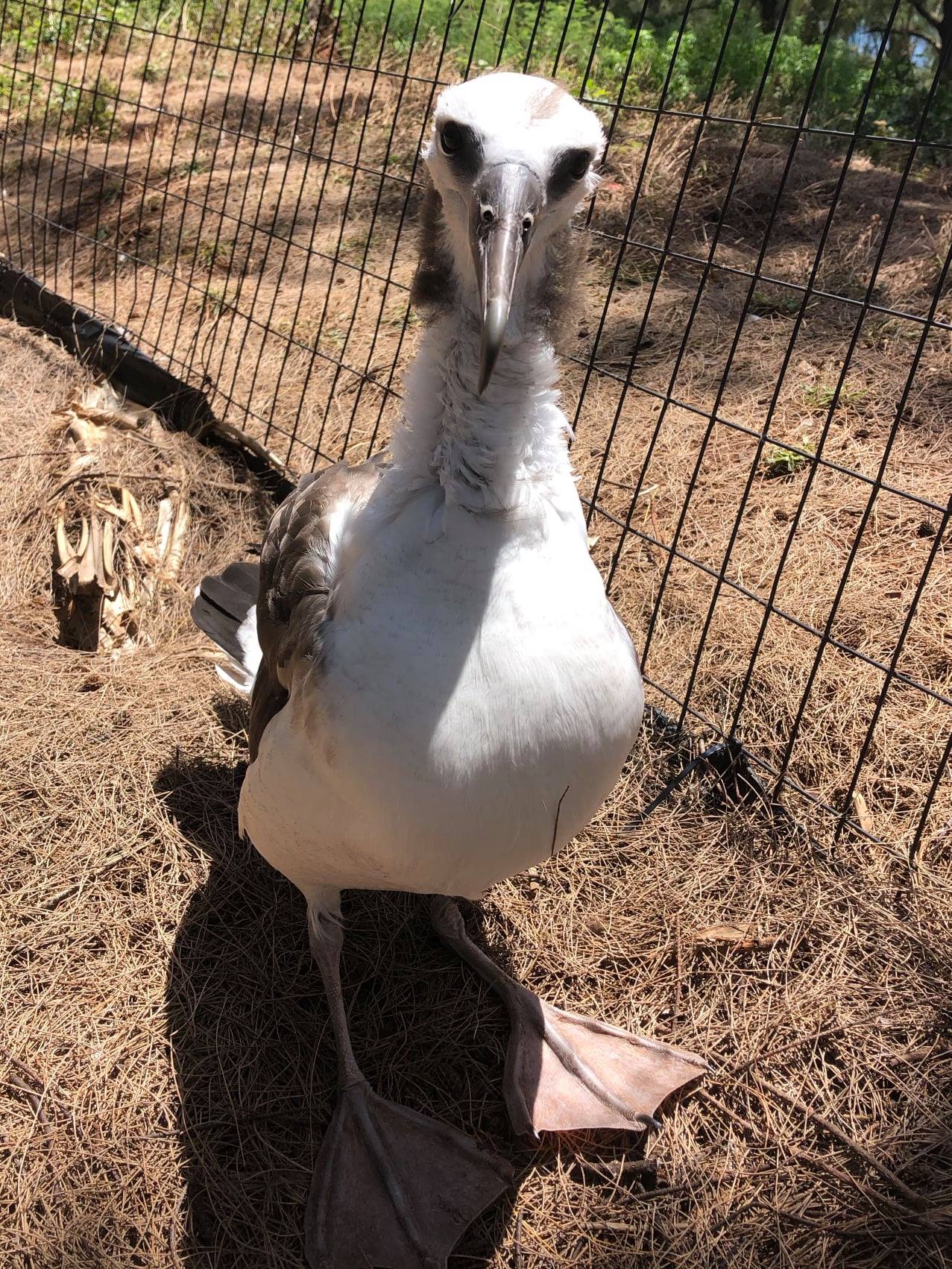
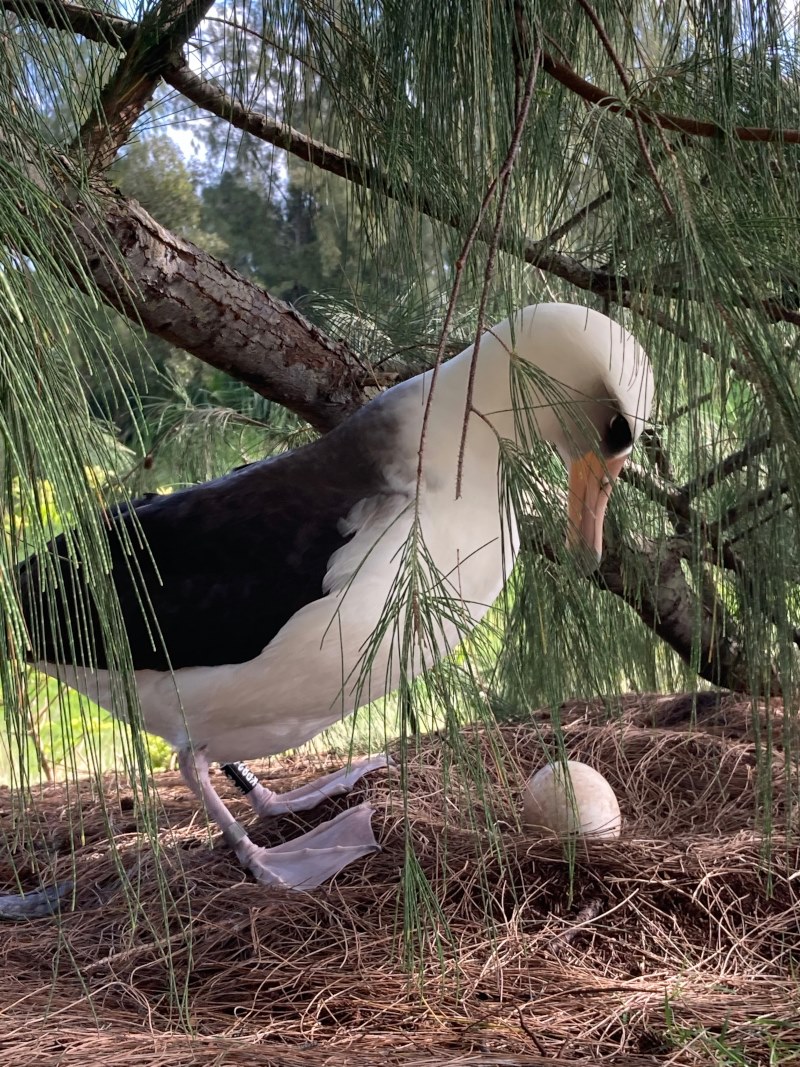 To be protected: a Laysan Albatross stands over its egg at Kilauea Point; photograph by Jacqueline Olivera
To be protected: a Laysan Albatross stands over its egg at Kilauea Point; photograph by Jacqueline Olivera